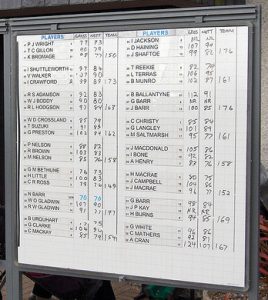
Should You Report Numbers or Percentages in Small-Sample Studies?
“Don’t include numbers when reporting the results of small-sample research studies!” “If you must, definitely don’t use percentages!” “And of course, don’t even think about using statistics!” We regularly hear variations of this advice from well-intentioned researchers, often senior ones. In 2005, we encountered this debate among UX professionals when we participated in a workshop








